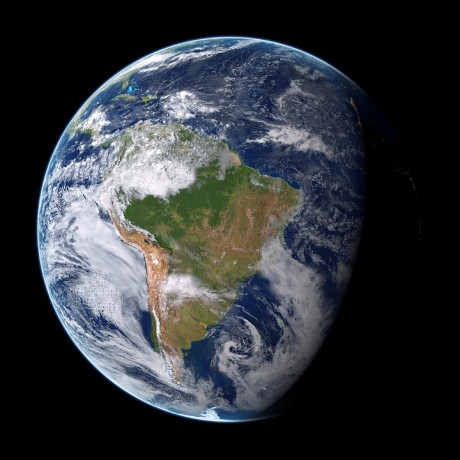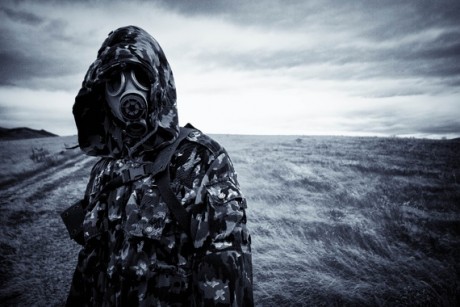I am lying in a meadow high in the Rocky Mountains. The sun is warm and comforting. I watch the clouds, puffy white in the blue sky, but soon pull a cap over my eyes and enter that state where thoughts swirl through your head and you don’t know if you’re sleeping or not.
While I rest, Karen is looking for wild strawberries. She has a remarkable eye for them, and has found the delicate plants everywhere from along the ocean in Nova Scotia to the volcanic highlands of the Big Island in Hawai’i. She remembers as she is searching the hard labor of picking the tiny berries as a girl, gathering enough for her mother to make jelly. No easy task as I have learned when she finds a patch big enough for me to collect some too.
When all you have ever eaten are the overly large and often woody and tasteless strawberries sold in grocery stores, putting a wild one in your mouth is a revelation. A gift from the earth, sweet, tart, wonderful, perfect. They leave your fingers smelling like, well, strawberries.
We’ve found many fruits on our hikes. Strawberries, raspberries, blueberries, cherries sweet and sour, currants, huckleberries, apples, plums, even liliko’i (passion fruit), guava, lemons, and limes. Some like the berries grow wild. Others have flourished long after they were planted and then abandoned.
Seeing and tasting these gifts of nature can’t help but make you think of the foods most of us eat. Heavily processed and full of salt, hydrogenated oil, and high fructose corn syrup; loaded with chemicals; laden with pesticides; grown on factory farms; treated like any other mass-produced products, aimed for the market with costs per unit low and profits high.
…click on the above link to read the rest of the article…







 The ninth largest economy in the entire world is currently experiencing “its longest and deepest recession in recorded history”, and in a country right next door people are being encouraged to label their trash so that the thousands upon thousands of desperately hungry people that are digging through trash bins on the streets can find discarded food more easily. Of course the two nations that I am talking about are Brazil and Venezuela. The Brazilian economy was once the seventh largest on the globe, but after shrinking for eight consecutive quarters it has now fallen to ninth place. And in Venezuela the economic collapse has gotten so bad that more than 70 percent of the population lost weight last year due to a severe lack of food. Most of us living in the northern hemisphere don’t think that anything like this could happen to us any time soon, but the truth is that trouble signs
The ninth largest economy in the entire world is currently experiencing “its longest and deepest recession in recorded history”, and in a country right next door people are being encouraged to label their trash so that the thousands upon thousands of desperately hungry people that are digging through trash bins on the streets can find discarded food more easily. Of course the two nations that I am talking about are Brazil and Venezuela. The Brazilian economy was once the seventh largest on the globe, but after shrinking for eight consecutive quarters it has now fallen to ninth place. And in Venezuela the economic collapse has gotten so bad that more than 70 percent of the population lost weight last year due to a severe lack of food. Most of us living in the northern hemisphere don’t think that anything like this could happen to us any time soon, but the truth is that trouble signs 







